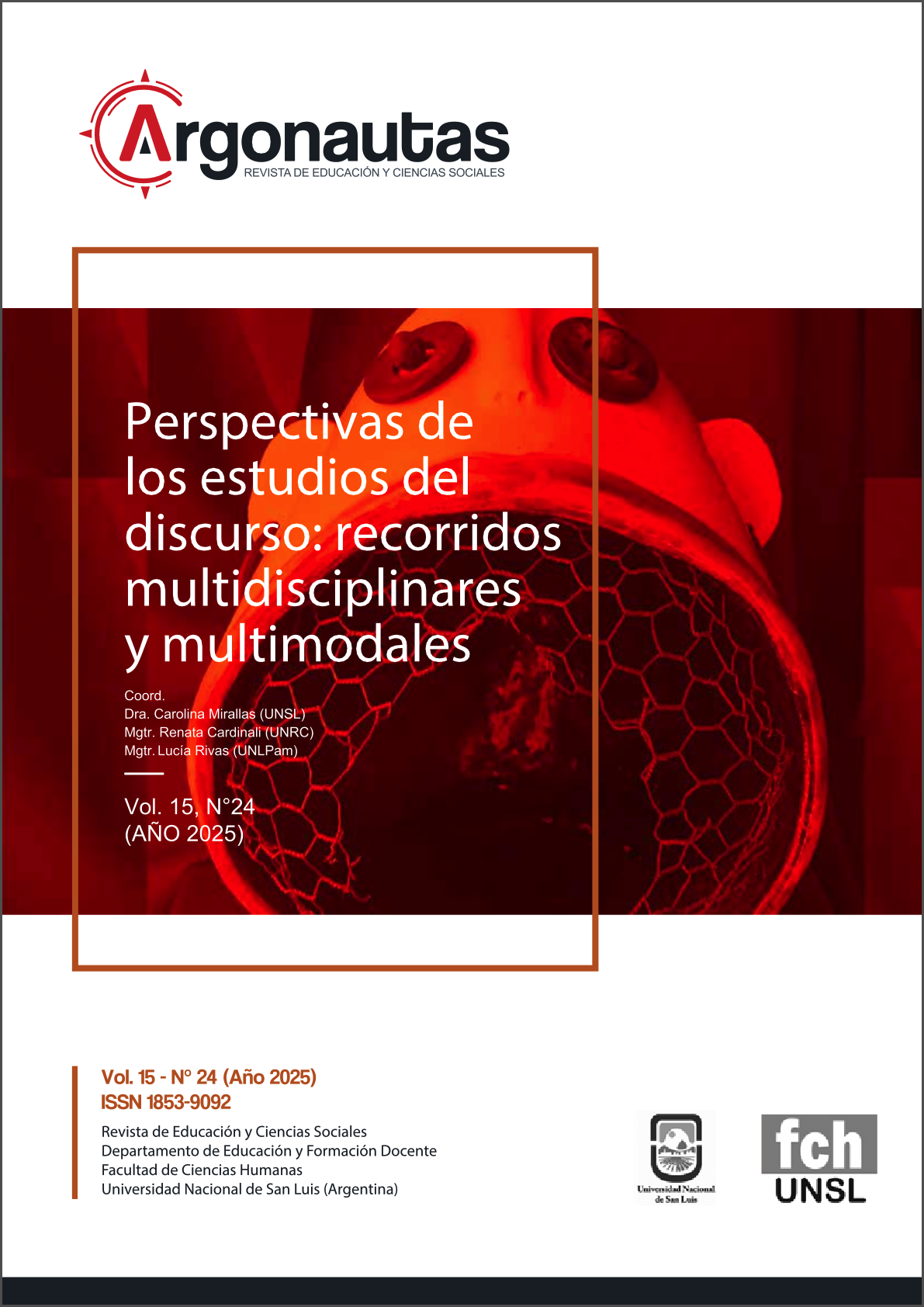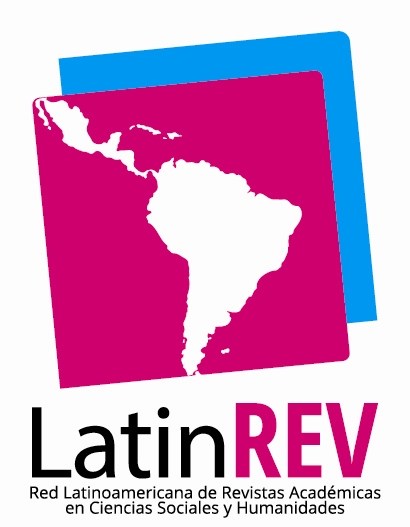The perceptions of young people located in the Sierra Central del Ecuador regarding the intercultural content generated by influencers John Valverde and Nancy Risol in their Instagram profiles
Keywords:
Instagram, interculturality, influencers, young people, social networksAbstract
The purpose of this research is to examine the perceptions of young people from the centre of the country to the content generated by indigenous influencers on the social network Instagram. The main key performance indicators of eight self-identified indigenous content creators were measured in order to select the two most influential: Nancy Risol and John Valverde. The research was designed with a mixed exploratory and descriptive approach, applying surveys to young university students in the Central Highlands of Ecuador with probability sampling, complemented by a focus group. It is concluded that the content generated by this type of influencers is perceived by the audience as ‘entertainment’ and ‘cultural’. Despite this phenomenon, the respondents affirm that this type of messages helped them to ‘know’ and ‘learn’. In other words, they tacitly recognise an educational component in the communication products of these influencers. Some say that thanks to the videos broadcast they were able to learn about ancestral practices, habits, cooking recipes, ways of life, plant identification, among other knowledge that contributes to the dialogue of knowledge.
Downloads
References
Aráuz, M. y Barragán, D. (2023). Redes sociales, identidad y juventud indígena: Nuevas narrativas desde Ecuador. Revista Andina de Estudios Culturales, 8(1), 34–52.
Córdova, M. F. (2015). Estudio del impacto de las redes sociales en el comportamiento de los adolescentes de 12 a 14 años en una unidad educativa en la ciudad de Guayaquil [Tesis de grado, Universidad de Guayaquil].
Gitlin, A. (2005). Inquiry, imagination, and the search for a deep politic. Educational Researcher, 34(3), 15–24.
Lemus, M. (2021). Exposición regulada: Prácticas de jóvenes en Instagram. Astrolabio. Nueva Época, (26), 312–342.
López, C. (2021). Influencers indígenas y representación cultural en Instagram: Análisis del caso de Nancy Risol. Comunicación y Sociedad, 18(2), 74–90.
Navarro, C., Gómez, M., & García, N. (2014). Comunidades de aprendizaje y redes sociales: Una estrategia para promover la interculturalidad. Cuadernos Interculturales, 1(22), 61–74.
Pantoja, S. (2011). Identidad en redes sociales: Medios de difusión. Morelia: Editorial UNIJ.
Pérez, J., & Montes, V. (2020). La economía de los influencers: Comunicación, consumo y redes sociales. Revista Latinoamericana de Comunicación, 12(4), 15–31.
Piscitelli, A. (2009). Nativos e inmigrantes digitales: Una dialéctica intrincada pero indispensable. En Los desafíos de las TIC para el cambio educativo (pp. 71–84).
Piscitelli, A. (2008). Interseccionalidades, categorías de articulação e experiências de migrantes brasileiras. Sociedade e Cultura, 11(2).
Romero, C. (2015). Instagram como herramienta de comunicación publicitaria: Made with Lof [Tesis de grado, Universidad de Sevilla].
Rueda, L., & Molina, A. (2022). De la pantalla al aula: La interculturalidad como desafío educativo en la era digital. Revista de Educación y Tecnología, 7(2), 99–117.
Viteri, N., & Sandoval, P. (2022). Influencers indígenas y mediación intercultural digital en Ecuador. Revista Ecuatoriana de Comunicación, 10(3), 120–139.
Walsh, C. (2009). Interculturalidad, Estado, sociedad. Luchas (de)coloniales de nuestra época. Quito: Universidad Andina Simón Bolívar.







